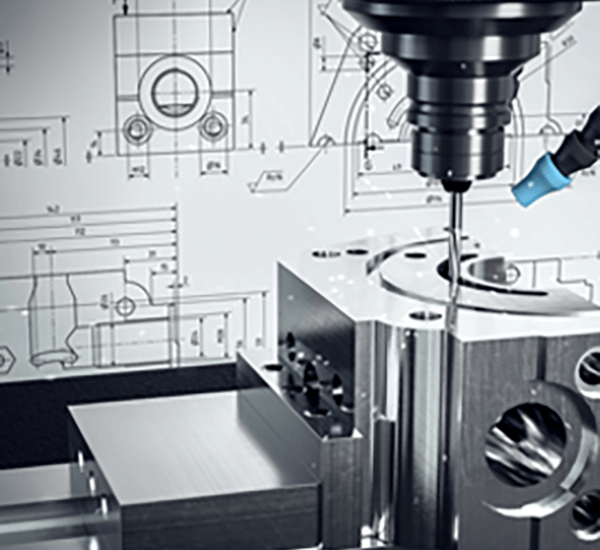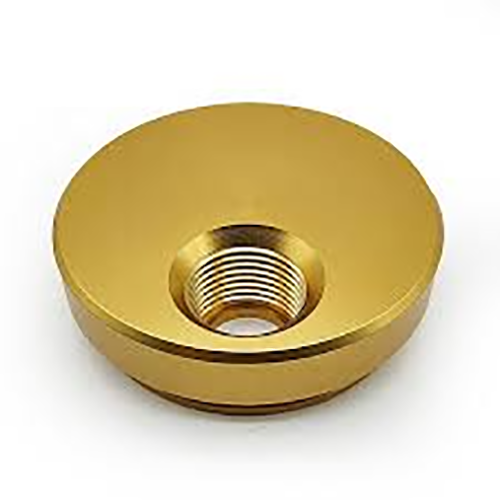
Securing exact surface quality on a machined component is critical.
- Drawing callouts communicate precise surface requirements for machined parts
- Engineers often specify Ra (average roughness) to numerically define surface irregularity
- Decoding surface notes is important for ensuring components achieve required performance
- Clear finish specification affects lubrication behavior, sliding resistance, and lifespan
- Careful reading of finish callouts enables achieving the planned outcome
Understanding Precision Engineering in CNC Machining

Computer-controlled machining embodies a revolutionary manufacturing technique employing digital instructions the machinery forms elaborate parts with exactness.
- CNC systems permit manufacture of precise components from diverse substrates
- CNC adaptability suits industries including aerospace and automotive sectors
- Machine-controlled machining secures stable repeatability for production lots
From concept models to high-volume manufacturing CNC machining anchors industrial production
Reading CNC Machine Specs
Navigating specification tables often appears formidable at first sight
However with a bit of knowledge and a systematic approach you can easily navigate these technical details
Initiate by spotting principal specs like spindle speed, feed rate, positional accuracy, travel limits, controller
Every listed attribute influences the equipment’s operational capacity.
As an example, increased spindle rpm favors soft alloys and higher feed favors throughput.
Perceiving such relations guides selection of appropriate CNC equipment
Always examine producer technical literature in detail.
Maker resources usually present informative direction and demystify jargon
CNC Machinery: An Exhaustive Guide
Programmed machining equipment comprises computer-managed tools for exact automated fabrication of diverse materials They interpret CNC code instructions to command cutting tools and motion.
- Representative CNC types cover milling tools, turning machines, routers, plasma cutters
- Production processes accommodate metal alloys, plastics, woods, and composite materials
- Besides that CNC systems permit speedy prototyping and short production runs for businesses and research groups
Overview of CNC Machine Fundamentals
They demonstrate convergence of tight hardware tolerances and refined software control Versatile machinery employs programmed code to autonomously produce simple parts and complex assemblies The central concept is rendering digital designs as physical parts.
- Numerical control manufacturing
- Digital-to-physical process
It comprises controlled axis moves directed by programmed code Production personnel configure feeds and speeds, monitor cycles, and guarantee output quality.
Why Surface Finish Matters in CNC Machining
Producing expected finish through machining is important It determines product function and aesthetic quality Stock properties, cutting settings, and finishing operations determine surface result.
Superior polishing extends service life; rougher finishes may limit capability Programmed machining features assorted toolpaths and cutters to deliver specified finishes.
- As an example choosing diverse tool geometries |cermet inserts|surface speed choices to reach texture
- Supplementary finishing like polishing or abrasive grinding enhances surface
Seeing how process parameters map to surface output is key for optimal finishes.
Introduction to CNC Machining
This precise method uses computer-guided machinery to sculpt components from diverse substrates They interpret digital toolpaths to carve detailed designs reliably Comprehending toolpaths, G-code, and tooling strategies supports effective machining
CNC applications stretch across aerospace, automotive, medical device, and electronics industries From complex aerospace components to precise injection molds, CNC is essential for complex parts
Callouts and Surface Roughness for CNC Parts
Accurate finish definition matters when machining parts with CNC It makes sure the product satisfies function and aesthetic demands Technical callouts frequently employ Ra as the roughness metric The value, shown in µm or inches, quantifies mean surface irregularity height.
Take into account target smoothness and how the part will be used when calling out finish

For instance a smooth surface finish might be preferred for parts that require tight tolerances or precise alignment
Rugged finishes sometimes serve parts that need enhanced traction or grip
Employ an unambiguous finish note on drawings to specify surface expectations Specify the Ra metric and note any secondary treatments or special machining steps.
Observe that unambiguous finish specifications are vital for manufacturing outcomes
CNC Equipment Types and Use Cases
CNC manufacturing hosts an extensive set of machines for assorted machining tasks They work with CAD/CAM programs to command cutters and deliver accurate component fabrication.
- Milling centers craft intricate contours cavities and surfaces by subtractive cutting
- Profiling routers cut complex outlines usually in softer materials
- Laser cutters harness concentrated energy beams to slice through materials with exceptional accuracy and minimal heat distortion
Decision factors include the part’s material, feature complexity, and tolerance specifications Unique machine capabilities support varied industry needs such as automotive, aerospace, and medical.
Attaining Superior Surface Quality via CNC
Realizing premium surface texture is vital and CNC machining supplies tools to accomplish it By leveraging precise control over cutting parameters such as feed rate spindle speed and tool geometry machinists can effectively manipulate the material removal process to produce surfaces with minimal imperfections Furthermore the utilization of high-quality tooling materials and proper lubrication techniques contributes to a smoother finish Appropriate strategy choice combined with accurate setup produces excellent surface outcomes.
CNC Programming to Achieve Surface Quality
Tuning code to influence finish plays a central role in meeting quality aims Combining feed, speed, and tool form strongly affects surface pattern and roughness Conscientious parameter tuning with sound coolant strategy produces excellent surface quality.
- Furthermore regular tool maintenance and inspection are essential for ensuring a consistent and high-quality machining surface finish callout surface finish over time In addition periodic tool servicing and checks secure consistent surface quality Continuous tool maintenance and oversight preserve high finish consistency
- In pursuit of improved finish examine material properties, roughness goals and application
- Path simulation offers insights to adjust cutting settings and reduce defects
- Besides that systematic tool upkeep and monitoring ensure sustained surface quality
